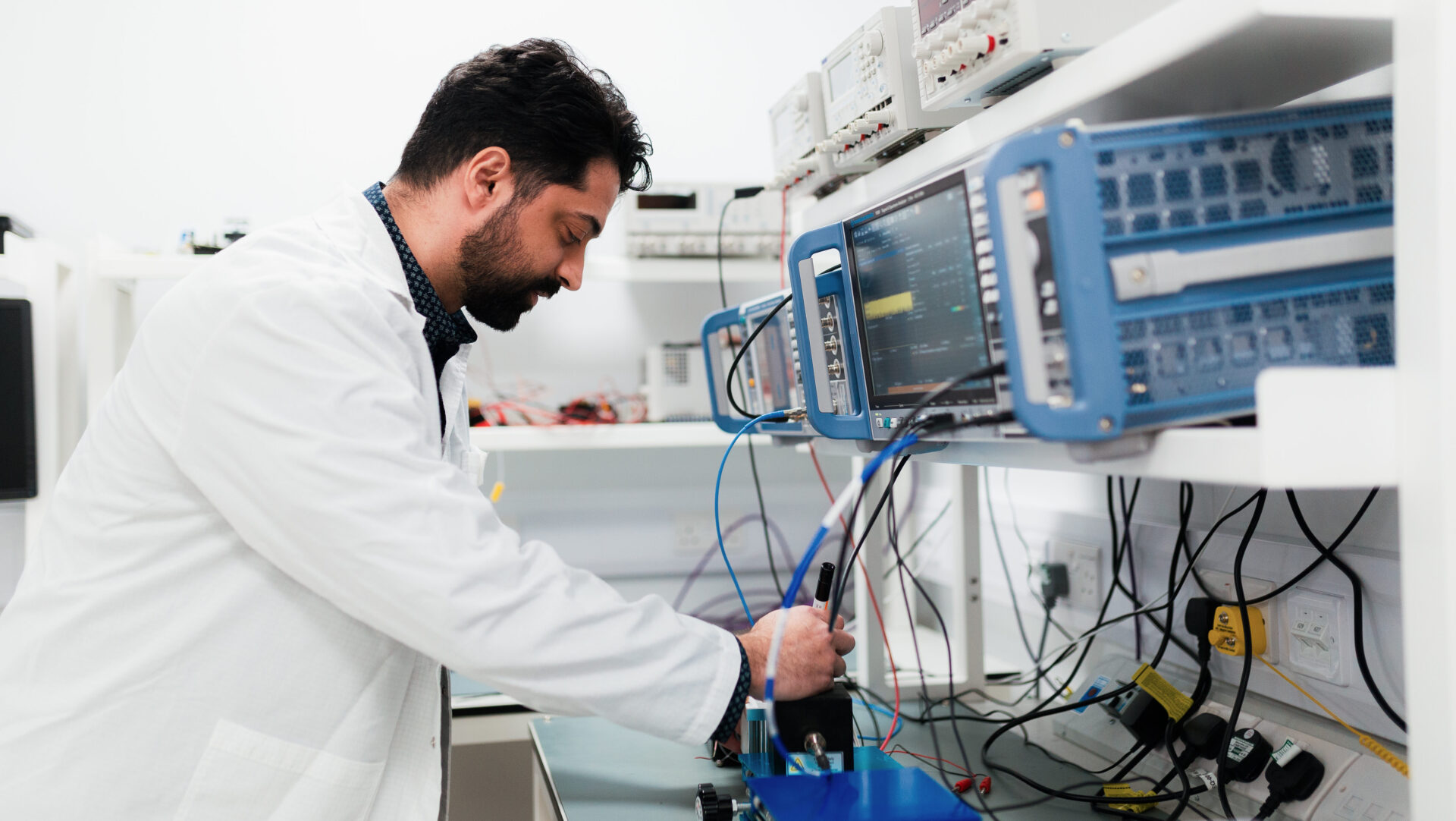Bridging the skills gap: New report calls for action in RF and microwave systems
A new report released by the Compound Semiconductor Applications Catapult (CSA), in partnership with the Workforce Foresighting Hub and sponsored by Filtronic, has shed light on a growing challenge facing the UK’s telecoms sector: a critical shortage of skills in RF and microwave systems, particularly in the context of Open RAN integration.

Why workforce foresighting matters
Workforce foresighting is more than just future-gazing—it’s a structured approach to identifying the skills and capabilities needed to support emerging technologies and national transformation goals. This latest study focuses on RF and microwave systems, a technology area that is already at mid-TRL (Technology Readiness Level 4–7) and poised to deliver immediate benefits in interoperability, security, and energy efficiency for next-generation telecoms.
The challenge: a misaligned skills pipeline
The report reveals misalignment between current education and training provision and the Future Occupational Profiles (FOPs) required to support secure, resilient, and energy-efficient RF and microwave systems. Among the most in-demand roles are:
- RF Systems Architect
- RF & Microwave Design Engineer
- RF Integration & Packaging Engineer
- RF Cybersecurity Specialist
- Antenna & Propagation Engineer
- Quantum RF Engineer
- RF Test & Validation Technician
These roles demand advanced design capabilities, cyber-physical security expertise, AI-driven diagnostics, and compliance with emerging global standards—yet many are not well-supported by existing training frameworks or apprenticeship standards.
Sectoral shifts and emerging needs
The introduction of advanced RF and microwave technologies is expected to reshape organisational capabilities across the telecoms supply chain. Key shifts include:
- A move towards design and logistics functions, with a focus on system architecture and prototyping
- Greater emphasis on data management, regulatory compliance, and system-level thinking
- Increased reliance on AI and automation for system monitoring and predictive maintenance
Education and training: where are the gaps?
While some universities offer modules aligned with key FOPs, many technician-level and senior engineering roles lack suitable pathways. Apprenticeship standards show only partial relevance, and many roles in cybersecurity governance, data architecture, and systems integration are poorly served.
What Happens Next?
To address these challenges, CSA Catapult will convene a working group including IfATE, Innovate UK, employers, and education providers. The group will:
- Further validate and prioritise the FOPs through workshops and employer feedback
- Identify CPD needs and adapt current training provision in the short term
- Co-develop new standards and integrated qualifications in the mid-term
- Appoint a sector ‘champion’ to lead skills development initiatives
CSA Catapult is also exploring the creation of a Centre for Doctoral Training (CDT) focused on RF and microwave technologies and considering further foresighting studies in adjacent domains such as AI-driven network orchestration and quantum communications.
A national capability bottleneck
The report concludes with a clear warning: without immediate and coordinated action, the UK risks falling behind in deploying secure and resilient telecommunications infrastructure. The skills gap is not just a training issue—it’s a potential national capability bottleneck. The resilience, progress, and sovereignty of the UK’s telecoms sector depend on bridging this gap now.
Related programme

Workforce Foresighting
How do we build a skilled workforce for tomorrow’s industries? The Workforce Foresighting Hub has developed a structured process, aligned with national policy, to help deliver a workforce to exploit innovative technologies in the UK. We’re supporting industry, policymakers and educators to adapt to continuing change.

